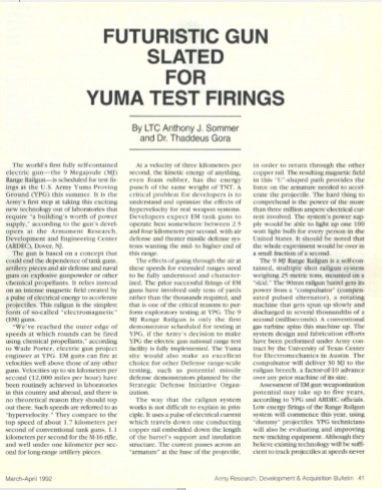Jemiba said:fredymac said:Posts for railguns are spread over several boards. Can these all be consolidated?
That's easy, but we would get an estimated 20+ pages thread then !
We have this thread (GA rail gun development), one about rail guns in the orbit, gun on ships,
and about deployability of such weapons. The latter two actually are somewhat overlapping, but
there are more general questions in it, too. And rail guns are mentioned in other threads, but not
as main themes.
So I'm not sure, if things really get better by merging those threads.
But perhaps someone can enlighten me about affiliation the GA to the BAe models, as the latter one
is mentioned in several posts. We could split BAe, or change the title, if useful.
They are two completely separate projects. Like the YF-22 and YF-23.





